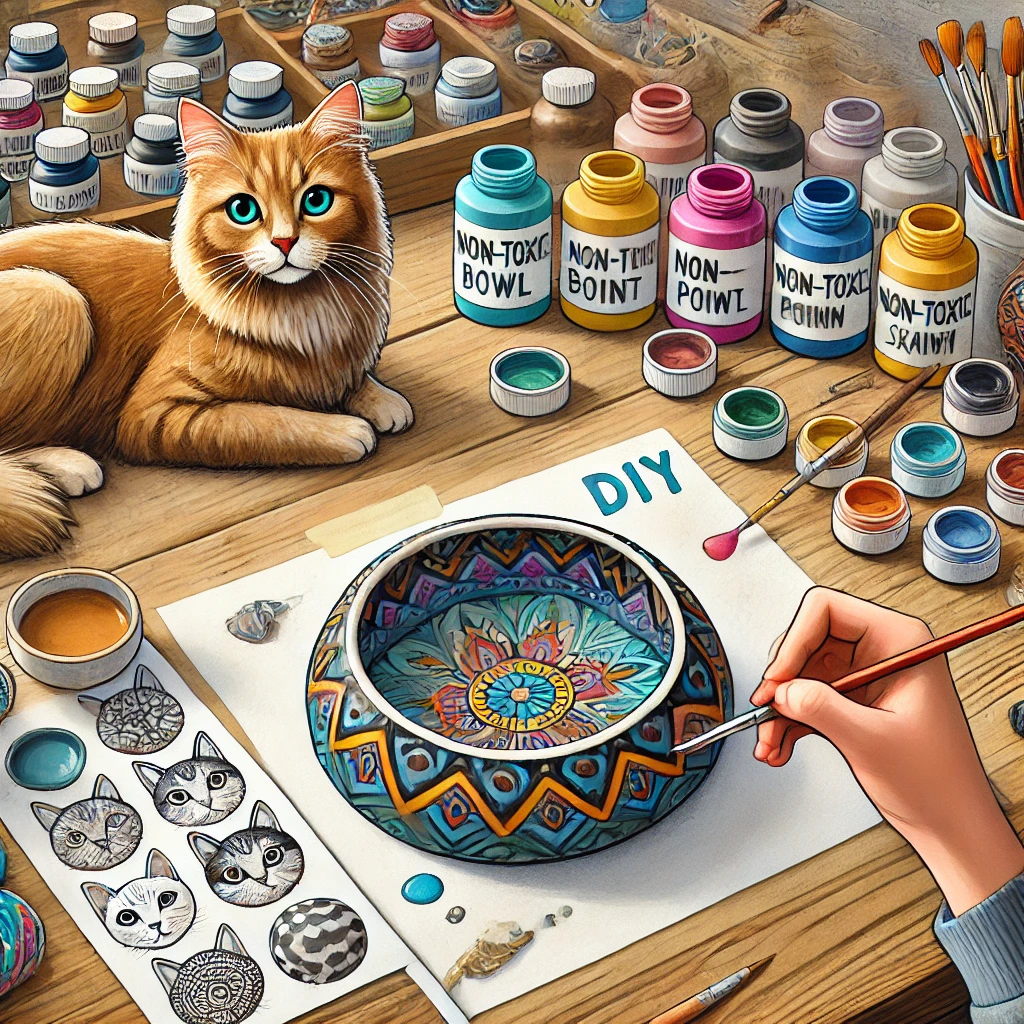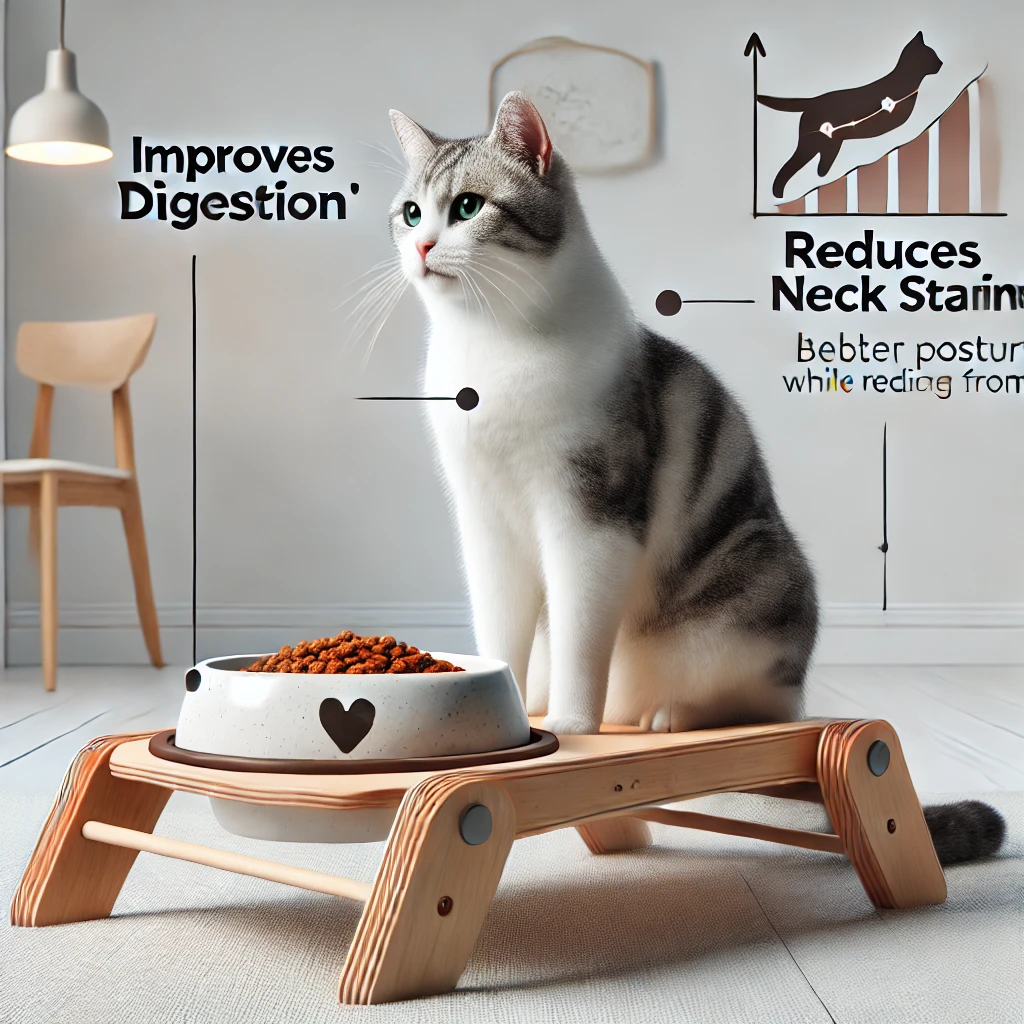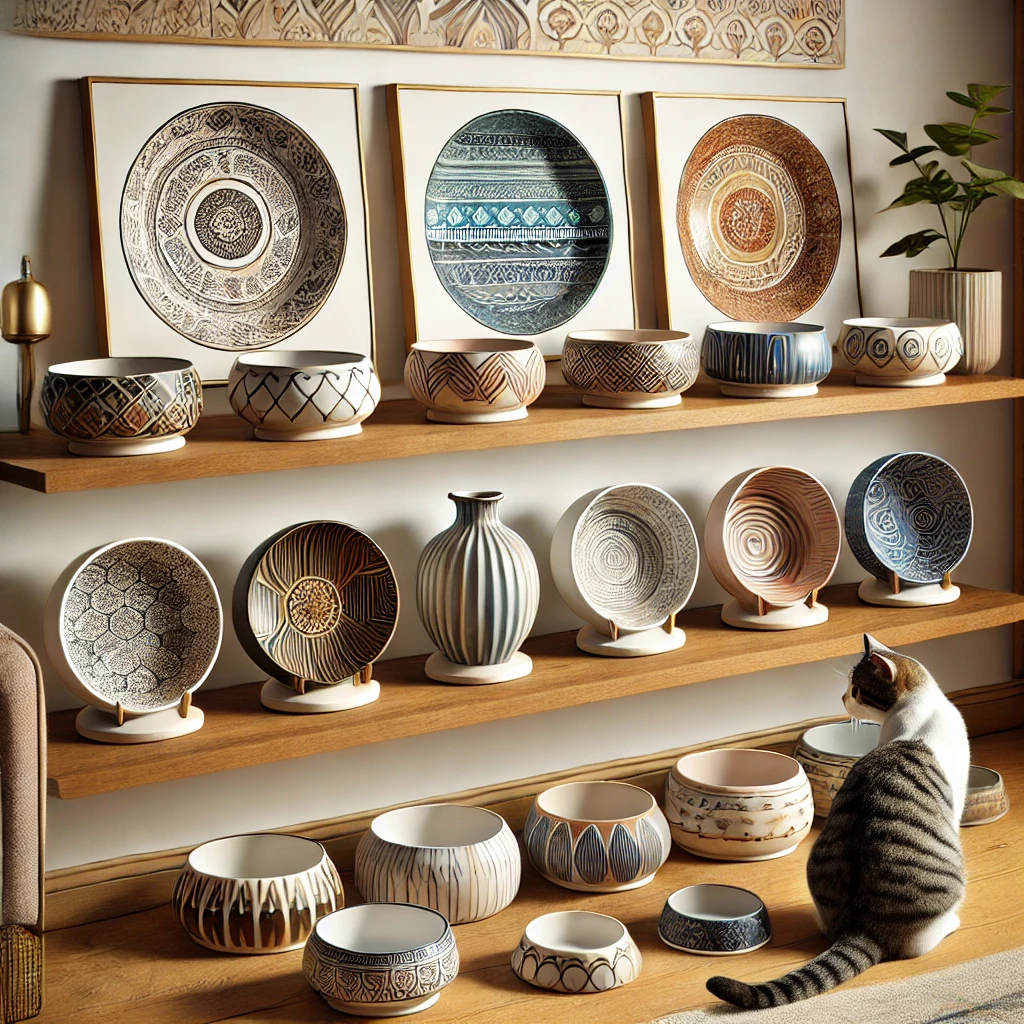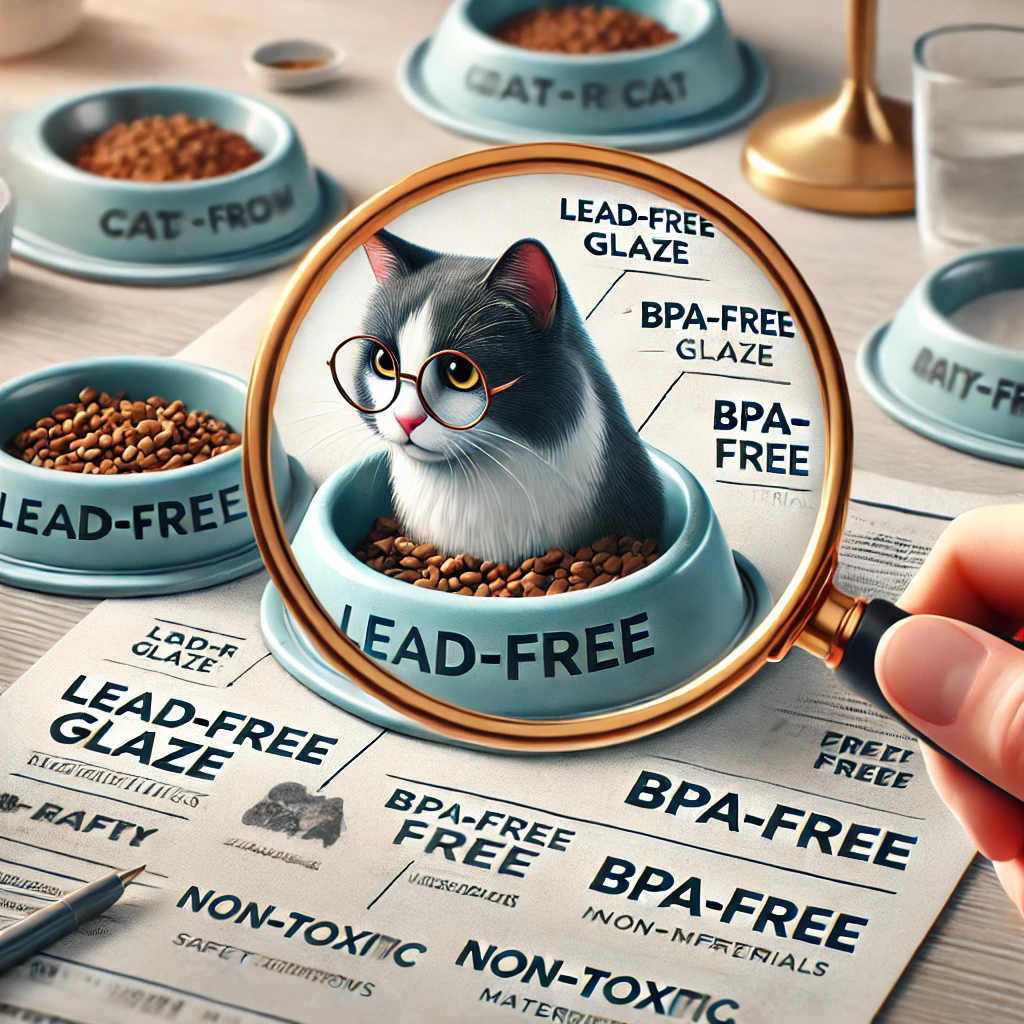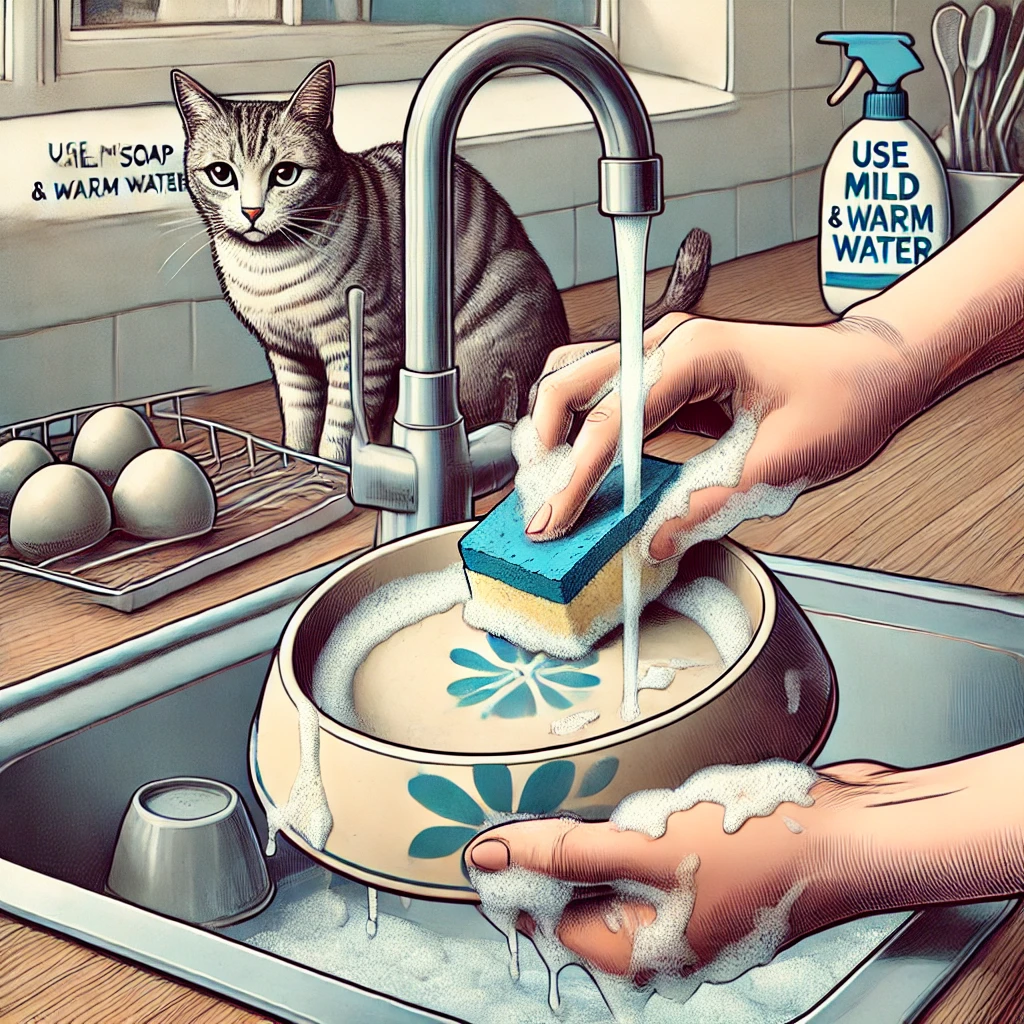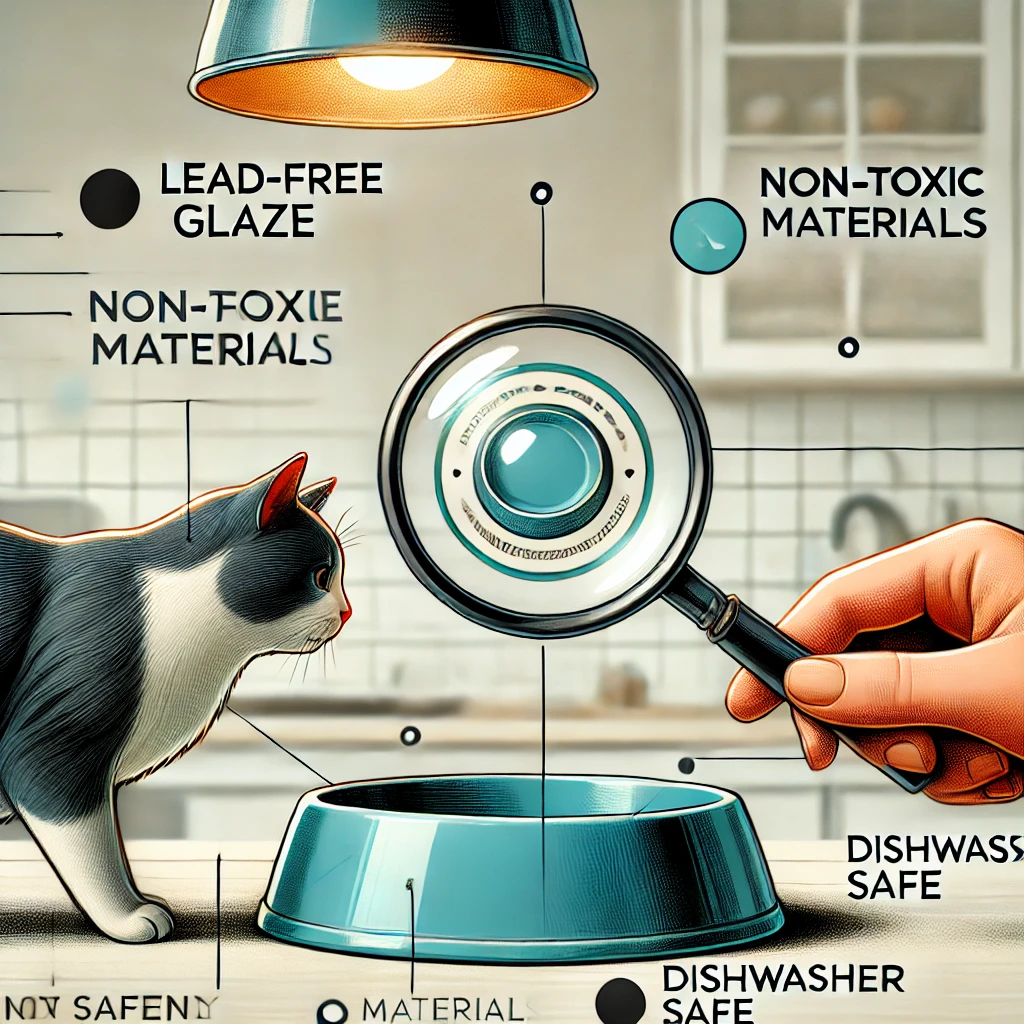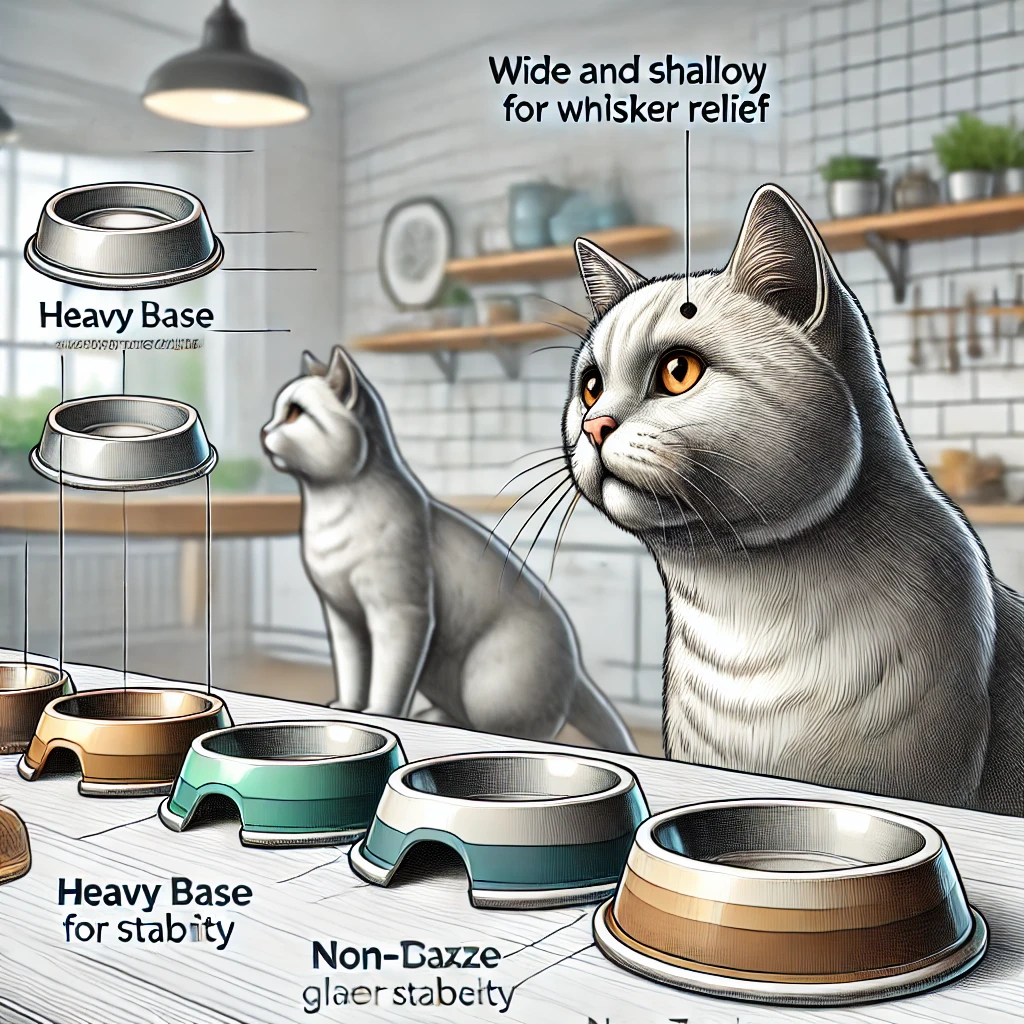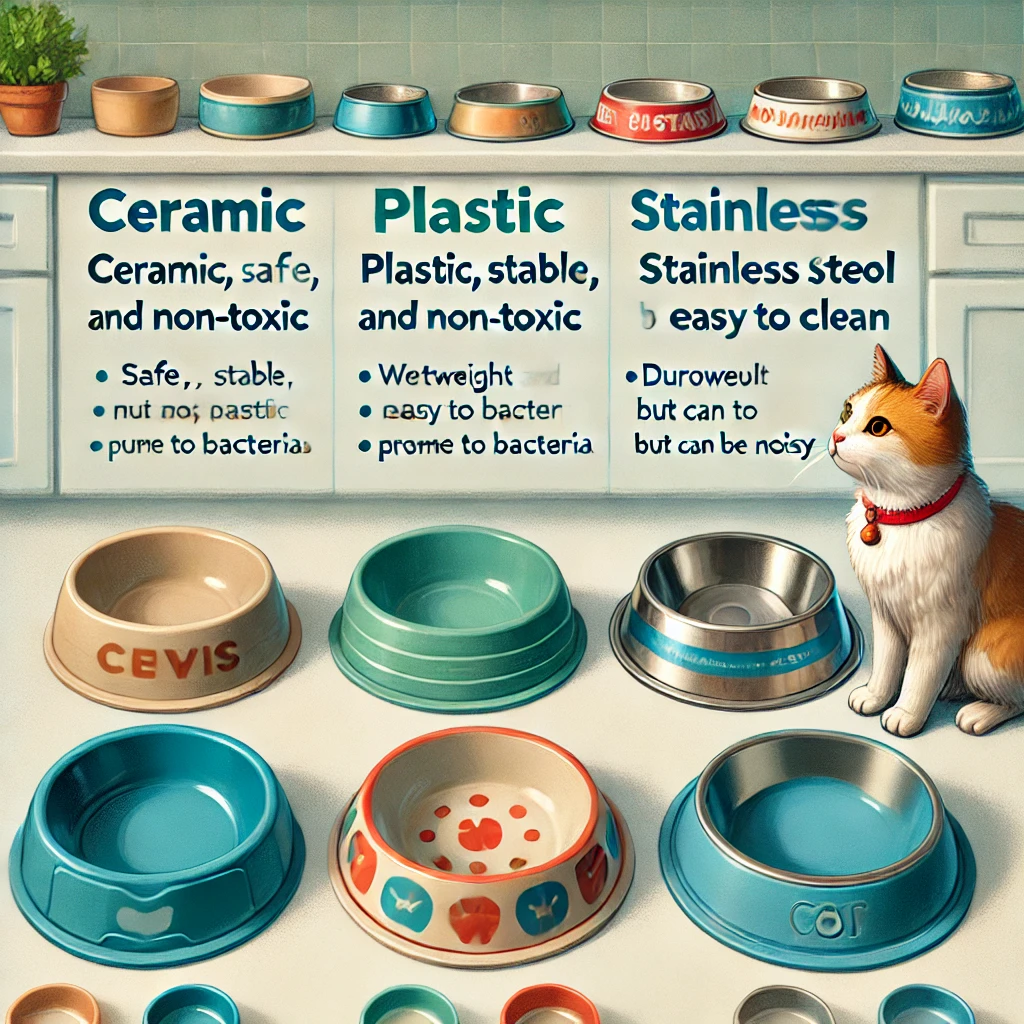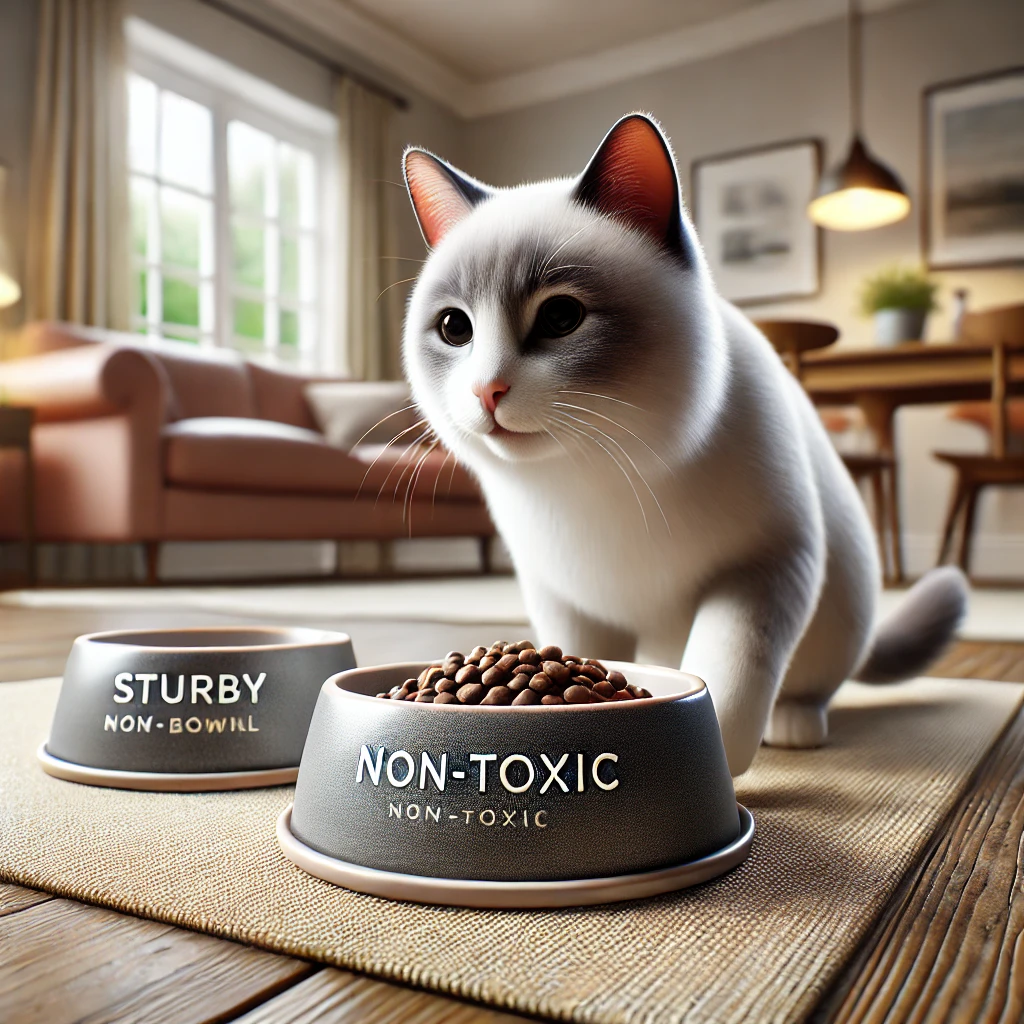Create Your Own: A Step-by-Step Guide to Designing and Painting a DIY Ceramic Cat Bowl
DIY Ceramic Cat Bowls
Why Create a Custom Ceramic Cat Bowl?
Pet owners often seek unique ways to care for their feline friends, and a handmade ceramic cat bowl offers both functionality and personalization. Unlike mass-produced bowls, a DIY ceramic cat bowl allows for complete creative control, ensuring a one-of-a-kind piece that matches the owner’s style and the cat’s personality. Additionally, ceramic bowls are durable, easy to clean, and safer than plastic alternatives, which can harbor bacteria over time.
Creating a ceramic cat bowl from scratch may seem intimidating, but with the right materials and guidance, even beginners can craft a beautiful and practical dish. This guide will walk through each step, from designing the bowl to painting and sealing it for everyday use.
Materials and Tools Needed
Before starting the project, gathering the necessary materials is essential. The primary component is clay—either air-dry or kiln-fired, depending on accessibility. Kiln-fired clay is more durable but requires access to a pottery studio or professional firing service. Air-dry clay is more beginner-friendly but may not be as sturdy for long-term use.
Other essential tools include a rolling pin for flattening the clay, a pottery knife or cutting tool for shaping, and sandpaper for smoothing rough edges. For decoration, ceramic paints, brushes, and sealants will be needed. A food-safe glaze is crucial if the bowl will hold water or food to ensure it is non-toxic for pets.
Planning the Design
Before shaping the clay, it’s helpful to sketch the bowl’s design. Considerations include size (small for treats or larger for meals), shape (round, oval, or custom), and decorative elements like paw prints or fish motifs. The design should also account for stability—wider bases prevent tipping.
For those new to ceramics, starting with a simple design is best. Intricate carvings or complex shapes can be challenging without prior experience. Once comfortable with the basics, more elaborate designs can be attempted in future projects.
Preparing the Workspace
Working with clay can be messy, so setting up a clean, organized workspace is important. A smooth, flat surface like a table covered with parchment paper prevents sticking. Keeping a bowl of water nearby helps smooth the clay, and having all tools within reach streamlines the process.
Wearing an apron or old clothes is advisable, as clay and paint can stain fabrics. If using kiln-fired clay, ensuring proper ventilation is necessary, especially during the firing process.
Shaping and Drying the Ceramic Bowl
Kneading and Rolling the Clay
The first step in shaping the bowl is kneading the clay to remove air bubbles, which can cause cracks during drying or firing. Once the clay is pliable, it should be rolled out to an even thickness—about ½ inch is ideal for durability.
Using a template or freehand shaping, the desired bowl form can be cut from the flattened clay. A circular shape is easiest for beginners, but creative designs like fish or bone shapes can also be attempted.
Forming the Bowl Structure
To create the bowl’s depth, the edges must be carefully lifted and shaped. A small bowl or mold can help maintain symmetry while forming the walls. Smoothing the interior and exterior with fingers or a damp sponge ensures an even surface.
If adding feet or a raised base for stability, small clay pieces should be securely attached using a technique called “scoring and slipping”—scratching the surfaces and applying water or slip (clay paste) to bond them.
Drying the Clay Properly
Air-dry clay will harden at room temperature over 24-48 hours, while kiln-fired clay requires a two-step process: initial air drying (leather-hard stage) followed by bisque firing in a kiln. Rushing the drying process can lead to cracking, so patience is key.
Once dry, sanding any rough edges ensures a smooth finish before painting. For kiln-fired clay, the bisque-fired piece must cool completely before proceeding to decoration.
Painting and Decorating Your DIY Ceramic Cat Bowl
Choosing the Right Paints and Glazes
Not all paints are safe for ceramic ware that will come into contact with food or water. For a cat bowl, it is essential to use non-toxic, food-safe ceramic paints and glazes. Acrylic paints designed for ceramics work well, but they must be sealed with a food-safe glaze to prevent chipping and ensure durability.
For kiln-fired ceramics, underglazes are applied before the final firing, while overglazes add decorative finishes afterward. Air-dry clay projects require paints labeled as sealant-compatible, followed by a waterproof, non-toxic sealant. Always check product labels to confirm they are pet-safe.
Prepping the Bowl for Painting
Before applying any paint, the bowl’s surface must be clean and smooth. Any dust or debris should be wiped away with a damp cloth. If the clay was sanded, a quick rinse (followed by thorough drying) ensures no residue remains.
For better paint adhesion, some artists apply a thin base coat of white ceramic primer or gesso, especially if using vibrant colors. This step is optional but can enhance the final look.
Designing Your Cat Bowl Artwork
This is where creativity shines. Pet owners may choose themes like:
- Whimsical patterns (paw prints, fish, bones)
- Elegant designs (floral motifs, geometric shapes)
- Personalized touches (the cat’s name, favorite colors)
Sketching lightly with a pencil first helps guide the painting process. For intricate designs, ceramic markers or fine-tip brushes allow for precision. If freehand painting feels intimidating, stencils or stamps can simplify the process.
Painting Techniques for a Professional Finish
Layering Colors for Depth
Start with lighter colors as a base, then gradually add darker shades for dimension. For example, a fish design might begin with a pale orange body, followed by darker stripes for realism.
Blending and Texturing
Using a slightly damp brush, colors can be blended while still wet for a gradient effect. Sponges or textured tools can create unique patterns, such as a marbled look.
Outlining for Definition
Once the main colors are dry, a thin brush or ceramic pen can be used to outline shapes, making details pop. Black or dark brown outlines work well for cartoon-style designs.
Drying and Sealing the Paint
After painting, the bowl must dry completely—usually 24 hours—before sealing. Applying a sealant too soon can smear the design.
Choosing a Food-Safe Sealant
- For kiln-fired ceramics: A clear, food-safe glaze should be applied before the final firing.
- For air-dry clay: A non-toxic, waterproof varnish (such as polyurethane or resin) must be used.
Two to three thin coats of sealant are better than one thick coat, as it prevents cracking. Each layer should dry fully before adding the next.
Final Inspection and Touch-Ups
Once sealed, the bowl should be inspected for any missed spots or rough edges. Light sanding between sealant layers can ensure a smooth finish. If any paint chips during sealing, a small touch-up can be done before the final coat.
Curing, Testing, and Using Your Ceramic Cat Bowl
Final Curing Process for Durability
The last crucial step in creating a ceramic cat bowl is ensuring it is fully cured and safe for everyday use. The method depends on the type of clay and paints used.
Kiln-Fired Ceramics
If the bowl was made with kiln-fired clay, it must undergo a final glaze firing. This process melts the glaze into a glass-like coating, making it waterproof and food-safe. Most pottery studios fire pieces at cone 04-06 (around 1945°F or 1063°C) for optimal results.
- Important Note: Not all paints can withstand high temperatures. Only underglazes and glazes labeled “dinnerware safe” should be used.
- Cooling Slowly: After firing, the bowl should cool inside the kiln for several hours to prevent cracking from sudden temperature changes.
Air-Dry Clay Bowls
Since air-dry clay isn’t as heat-resistant, the curing process relies on thorough sealing. After the final coat of waterproof sealant dries (usually 48 hours), some creators choose to bake the bowl at a low temperature (200°F or 93°C for 30 minutes) to further harden the sealant. However, this is optional and depends on the product instructions.
Testing for Safety and Functionality
Before letting a cat use the bowl, it’s important to confirm that it’s non-toxic, stable, and leak-proof.
Water Test for Leaks
Fill the bowl with water and let it sit for an hour. If moisture seeps through, additional sealant layers may be needed. For kiln-fired ceramics, this indicates an incomplete glaze seal, and refiring might be necessary.
Stability Check
Place the bowl on a flat surface and gently nudge it to see if it tips easily. If it wobbles, adding small rubber feet or sanding the base for better balance can help.
Food Safety Assurance
Even with non-toxic materials, some pets may be sensitive to certain glazes or paints. To test:
- Place a small amount of wet food or water in the bowl.
- Monitor for any changes in smell, texture, or color over 24 hours.
- If no reactions occur, the bowl is likely safe for regular use.
Caring for Your Handmade Cat Bowl
To ensure the bowl lasts, proper maintenance is key.
Cleaning Tips
- Hand-wash only – Dishwashers can degrade paint and sealant over time.
- Use mild soap – Harsh detergents may strip the glaze or leave residues.
- Avoid abrasive scrubbers – Soft sponges prevent scratches.
Long-Term Durability
- Inspect regularly for chips or cracks, which can harbor bacteria.
- Reapply sealant yearly if using an air-dry clay bowl to maintain waterproofing.
- Store carefully – Avoid stacking heavy items on top to prevent breakage.
Creative Upgrades and Future Projects
Once comfortable with the basics, crafters can experiment with:
- Custom shapes (hearts, stars, or even a mini fountain design).
- Mixed materials (adding silicone grips for slip resistance).
- Personalized engravings (using a pottery carving tool before firing).
For those who enjoyed the process, expanding into matching pet dishes, ceramic feeders, or decorative pet tiles can be a fun next step.
Conclusion: A Unique Gift for Your Feline Friend
Creating a DIY ceramic cat bowl is a rewarding project that combines creativity with practicality. By following these steps—designing, shaping, painting, and properly sealing—anyone can craft a safe, stylish, and functional bowl that stands out from store-bought options.
Not only does this project result in a one-of-a-kind pet accessory, but it also allows for a deeper connection between owner and pet through handmade care. Whether keeping it for personal use or gifting it to fellow cat lovers, a handcrafted ceramic bowl is a special way to show love for feline companions.
